The cultivation of calves at home is not a complicated process as it may seem at first glance. Of course, it is necessary to approach this with full responsibility, only then you can be confident that you have done everything possible. Remember that it is from the conditions of detention and the right approach to nutrition and the formation of young a finite result depends on.
Today, two main technologies of cultivation of calves are "traditional" and "cold", but in fact, they are much more, they are simply recognized as the most comfortable for home conditions. In addition, there are various techniques that are aimed at improving the productivity of meat or dairy rocks.
Birth of calf
Immediately after his birth, the calf needs a mother. The baby needs to be left near the cow until it is dry. Basically, the cow itself loses the calf - it helps to increase the production of milk, since the process itself perfectly stimulates the activation of the mammary glands.
In addition, maternal losses helps to strengthen the health of the newborn, improves breathing and stimulates blood circulation. Sometimes, if the cow is very tired, or died, then a person must intervene in the natural process - it is necessary to wipe the newborn with a towel dry and put in a clean place where the baby will be alone, without other animals.
Periods of growing calves
Many farmers argue when the most convenient to plan the appearance of calves. There are two opinions: the first - calves need to get in the end of spring, the second - calves should appear in the summer. In fact, everything is not so fundamentally, as in the first and in the second case, there will be no problems with feed.
Conditionally growing calves divided into four periods:
- Dairy period. Since the birth of an animal, before the execution of him three to four months.
- Postal period. From the three or four months of the animal before executing it six months.
- Fast growing period. With six months of an animal before executing one year.
- Final period. From 12 months of an animal and before the execution of one and a half years.
All these periods are very important for fattening, it is especially worth carefully referring to the last - final.
In the first period - milk, the main food for the calf is maternal milk. As soon as the animal turns three or four months, it must be translated into adulthood, but in its diet there is still a milk, the truth, besides the maternal, the calf can give milk and other cows.
Methods growing calves
For calves, it is necessary to build special calves in advance - rooms where animals will grow. The carriageny can be divided into several sections: one part for group content, and the second is for individual. With group content of young, it is necessary to separate the part of the room - it will be a pen for walking, and in the second part to build one common house for calves. With the individual content of the calves, it will be necessary to establish separate cells or houses - for each calf its.
Now there are three basic methods of cultivation of calves.
Manual cultivation method
The second name of this method is the handwham of calves. Most often to this method are addressed if there are few calves, and the self-economy is small.
- After about one hour after birth, the calf must give a colostrum - it should be warm.
- Thanks to the poles of the calf, the useful substances and microelements that can form his immunity are required for its lively.
- There are substances that create protective properties for a young organism in colors, and there is resistance to various diseases.
- Mososy must necessarily be warm, as in cold form this product can provoke problems with digestion.
- Over time, the calf must eat up to two kilograms of the colostrum.
- Starting from the fifth day, calves need to give water.
- As soon as the baby turns 10 days, it can be transferred to the cow's milk - it can be both maternal milk and milk of any other cow.
- Over time, the calves begin to translate into a mixed type of food: milk + food. For example, milk + hay.
- Starting from 20 days, calves can already give concentrated feed.
- Starting from two months, calves can be eaten by juicy feed.
- Do not forget that the calves need vitamins and minerals - they are best given with concentrated feeds.
- It is important for calves as much as possible in the fresh air, it is best to build special pens.
- If it's cold on the street, do not allow the calves for a long time to walk, and especially - lie on the loose ground.
- The calves must be clean, so they need to be brushed with special brushes, and dirty places are better to rinse with water.
- If the calves are contained in non-heated premises, then they need deep litters.
- Do not contain calves in very heated, even hot rooms, as the colder, the stronger the immunity of the animal.
Group of cultivation (along with cows)
Mostly, this method is applied on those farms and households, where they contain the cows of the dairy direction. The meaning of the method is that the calves must be kept up to twenty days from birth on a group driver - along with cows.
- Feeding of young people must be carried out by groups in one place - specially designated for these purposes.
- Thanks to group feeding, it is possible to reduce the cost of servicing the entire veal.
- Waste livelihoods remain in one place, which simplifies cleaning.
- Cows that serve as the breadwinners are from 8 to 12% of the total herd contained on the farm.
- One cow feeds on average four calf.
- The calves must have approximately the same parameters: one weight category and one age.
- There is no need to warm up milk, set the drinkers, to carry out disinfection, which significantly saves the time and costs of cultivation of calves.
Required cultivation method
This method is practiced only on those farms and households where the cultivation of calves for meat. With this technique, young people are allowed next to cows up to seven-eight months. During this time, animals feeding with maternal milk and the foot feed are gaining mainly more than two hundred kilograms of live weight. After eight months, young people are already considered an adult and contain it separately, but continue to feed hard.
Telecommunication technology
It is very important to determine with the technology of cultivation of young cattle, as a complex of various events will be involved here in order to get decent healthy animals that are capable of high productivity. First of all, animals need to provide good feeding and create decent content conditions. Currently there are two television content technologies: "Traditional Method" and "Cold Method".
"Cold Method"
Cold cultivation of calves is the most effective way and it is suitable for both meat and dairy cows. Its meaning is that since daily age, animals begin to keep in separate houses in open areas. There is no insulation (hence the name of the technology), and only a litter is present in the house.
Advantages
- Thanks to the cold content, the internal reserves of the animal organism are mobilized, which adds growth of growth (on average, experts point to 800 grams of leaders).
- Due to the content in the fresh air, the calves receive the necessary portion of Vitamin D.
- Thanks to this method, the animal is developing correctly, its body works coordinated.
- Thanks to the cold content of the calf, more hardened - they have significantly reduced the risk will be infected with infectious diseases or colds.
- Thanks to cold content, the thyroid gland is actively beginning to work, not only gas exchange, but also energy exchange is intensified.
disadvantages
- Care is the individual construction of houses for calves.
- If the temperature is much lower than zero, the milk extension can increase by an average of 25%, which is expensive when growing calves in the dairy period.
"Traditional method"
This method was popular for decades ago and today its technology is considered obsolete. Its meaning is to keep a certain time of newborn calves together with cows that feed the kids, and only then the separation of young from older animals. Then they are grown to a certain age.
Advantages
- There is no need for additional expenses (construction of houses or rooms for calves).
- When the content of calves in the room can not be afraid for drafts or increased humidity.
- There is no need to worry about the calf, if suddenly the street will happen on the street.
disadvantages
- This method does not protect from the massive damage to animals by any disease, as in a closed room, as is known, the disease is developing faster.
- If the calves are contained in closed rooms, they are not allowed ultraviolet, and as a result - a shortage of vitamin D, weakened immunity, rickets, frequent diseases.
- The calves, which are grown in the traditional way, most often have problems with digestive organs.
- The cultivation of calves in the traditional way, as in video, fraught with problems with the growth or development of young, is the likelihood of sealing.

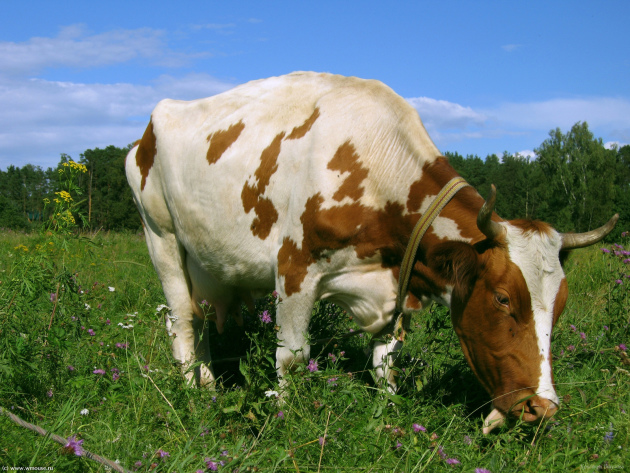

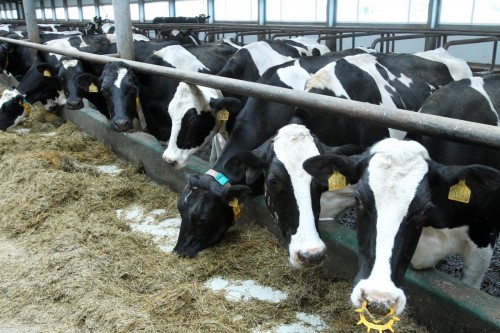
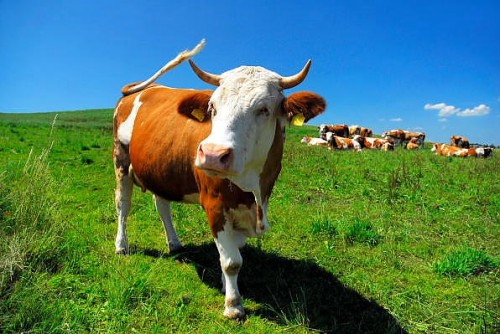
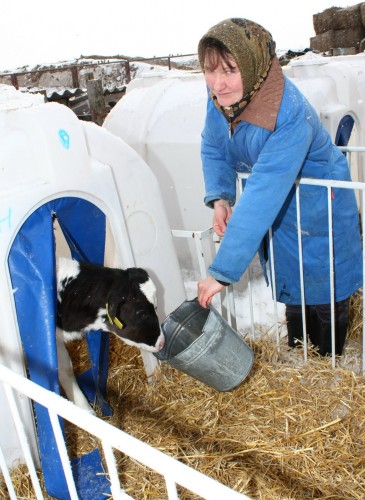
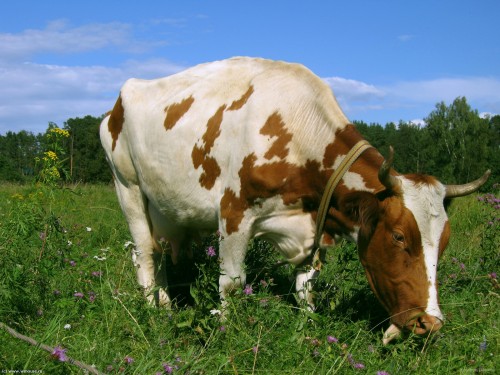
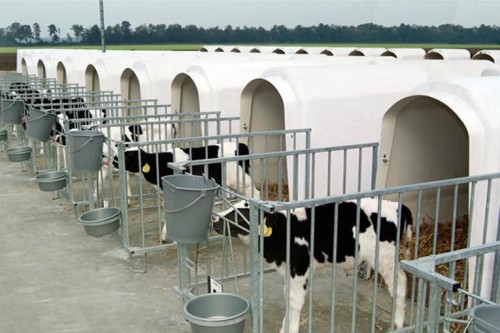
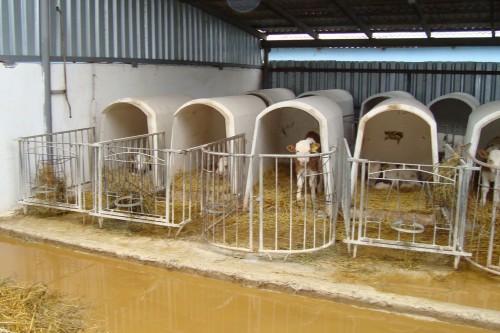
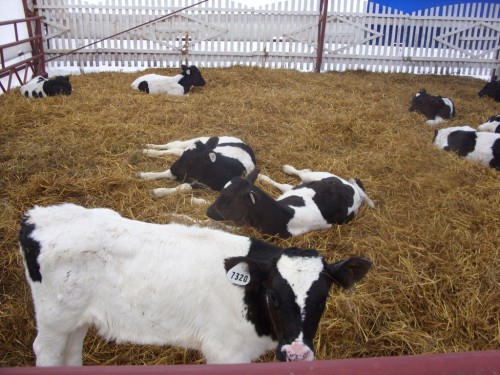
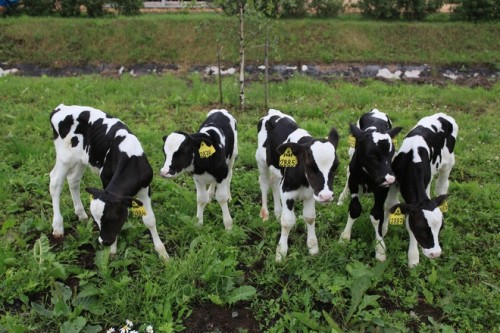


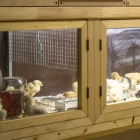
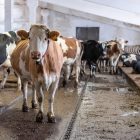
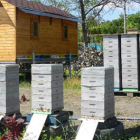
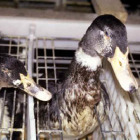


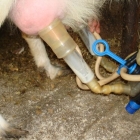
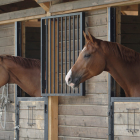
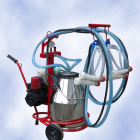

 Start a discussion ...
Start a discussion ...